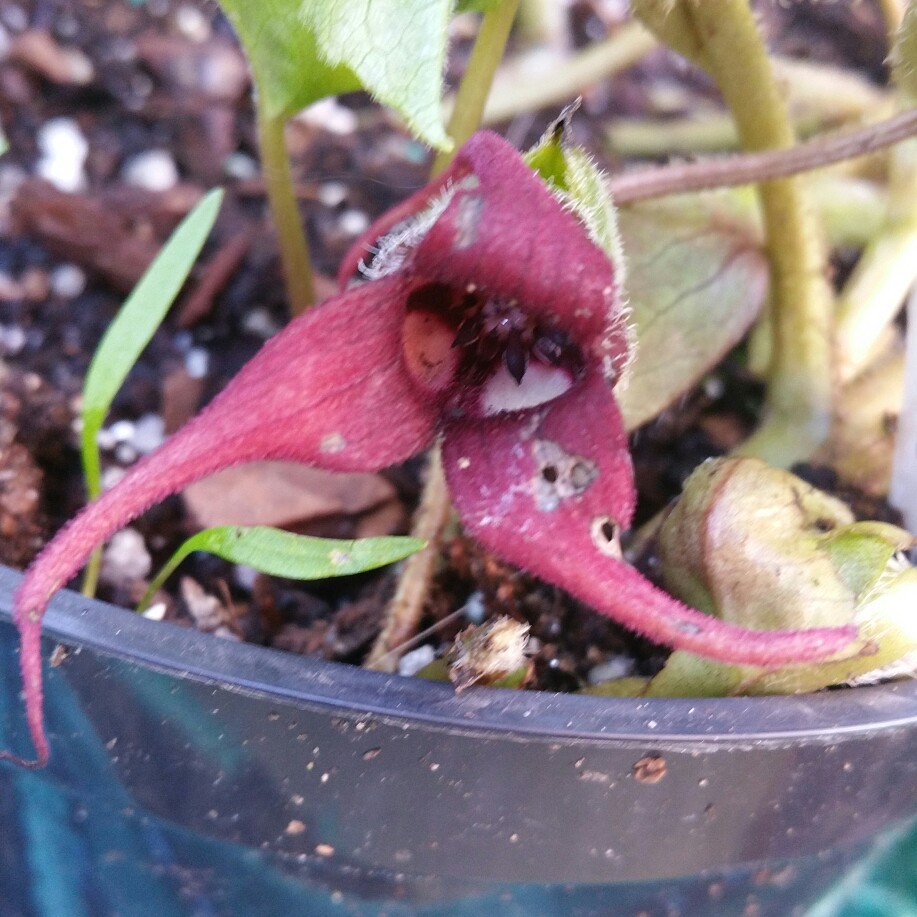
Asarum caudatum
Western Wild Ginger
Asarum caudatum - 'Western Wild Ginger' is native to rich moist forests of parts of western North America. It is an evergreen perennial, that forms mats of kidney-shaped leaves and cup-shaped, hairy, brown-purple flowers with 3 long, curbed lobes, that appear in Summer under - and often hidden by - the leaves.The leaves have a ginger aroma when rubbed. Although 'ginger' appears in their common name, they are not related to ginger - Zingiber officinalis. The common name of ginger comes from the aroma of the leaves
Contributed by @iankestrey
-
Partial shade to deep shade
-
Occasional watering
-
Full Frost Hardy: 5F (-15°C)
-
Moist and rich
Common name
Western Wild Ginger
Latin name
Asarum caudatum
type
evergreen perennial
family
Aristolochiaceae
ph
5.5 - 7.3 Acid - Neutral
Plant & bloom calendar
-
Best time to plant
-
When the plant will bloom
full grown dimensions
 0.50 M
0.15 M
0.50 M
0.15 M
Asarum caudatum
Asarum caudatum - 'Western Wild Ginger' is native to rich moist forests of parts of western North America. It is an evergreen perennial, that forms mats of kidney-shaped leaves and cup-shaped, hairy, brown-purple flowers with 3 long, curbed lobes, that appear in Summer under - and often hidden by - the leaves.The leaves have a ginger aroma when rubbed. Although 'ginger' appears in their common name, they are not related to ginger - Zingiber officinalis. The common name of ginger comes from the aroma of the leaves
Planting
From Early Spring TO Mid Spring
This is a woodland plant, and so to grow it successfully woodland conditions need to be replicated. Plant in moist, free-draining, humus-rich, preferably slightly acidic soil in, preferably, partial shade. They do like a little morning sun. They can also be grown in containers, given the same conditions
Flowering
From Mid Summer TO Late Summer
The flowers, which are usually hidden under the leaves, appear in Summer
Propagating by division
From Mid Autumn TO Late Autumn
Divide the rhizomes when the plant is dormant, in Autumn. Dig up the whole clump, or a section of the clump, and shake off the soil. You will see a clump of fleshy rhizomes with many shoots. Remove any dead or unhealthy rhizomes, and divide the rest, making sure each division has at least two or three shoots. Re-plant immediately where required











